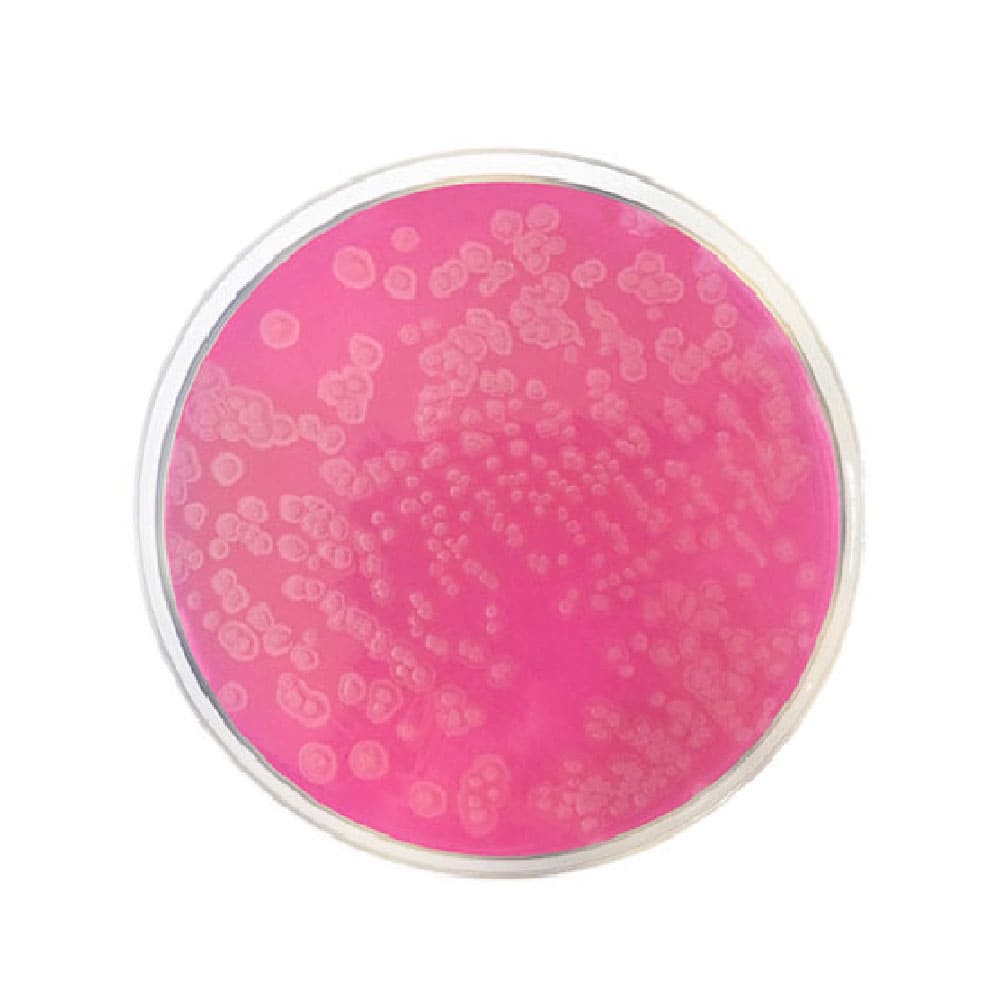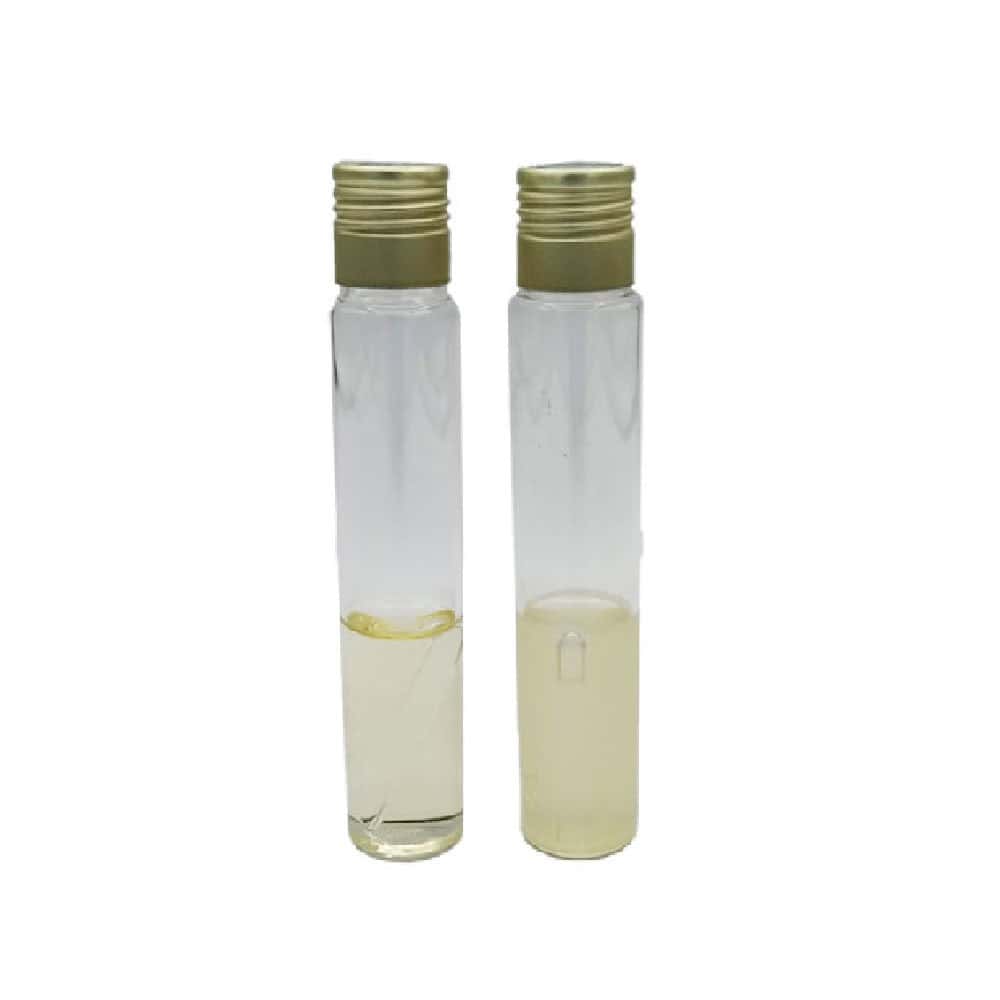No products in the cart.: R0,00
Description
Principles and uses
Acetamide Agar is used to determine the ability of non-fermenting Gram negative bacteria to deaminate the acetamide. The deamination of the acetamide produces ammonia which increases the pH of the medium. The resulting alkalization is shown by a color change of the phenol red from yellow-orange to purple-red.
Pseudomonas aeruginosa is an opportunist pathogen for humans, capable of growing in water with a low concentration of nutrients. This is why natural mineral water and spring water are Pseudomonas aeruginosa free at the time of their commercialization. This microorganism can also be found in swimming pool water.
Acetamide deamination is accomplished by Pseudomonas.aeruginosa, Pseudomonas acidovorans, Group III (Achromobacter xylosoxidans), and Alcaligenes odorans.
Acetamide is a carbon source. Dextrose is a fermentable carbohydrate providing carbon and energy, the potassium salts have a high buffering capacity. Sodium chloride supplies essential electrolytes for transport and osmotic balance. Phenol red is a pH indicator and bacteriological agar is the solidifying agent.
Formula in g/L
Acetamide 3
Bacteriological agar 15
Dextrose 0,2
Phenol red 0,03
Potassium dihydrogen phosphate 1
Sodium chloride 5
Yeast extract 0,5
Additional information
| Weight | 0,25 kg |
|---|---|
| Dimensions | 10 × 10 × 2 cm |



